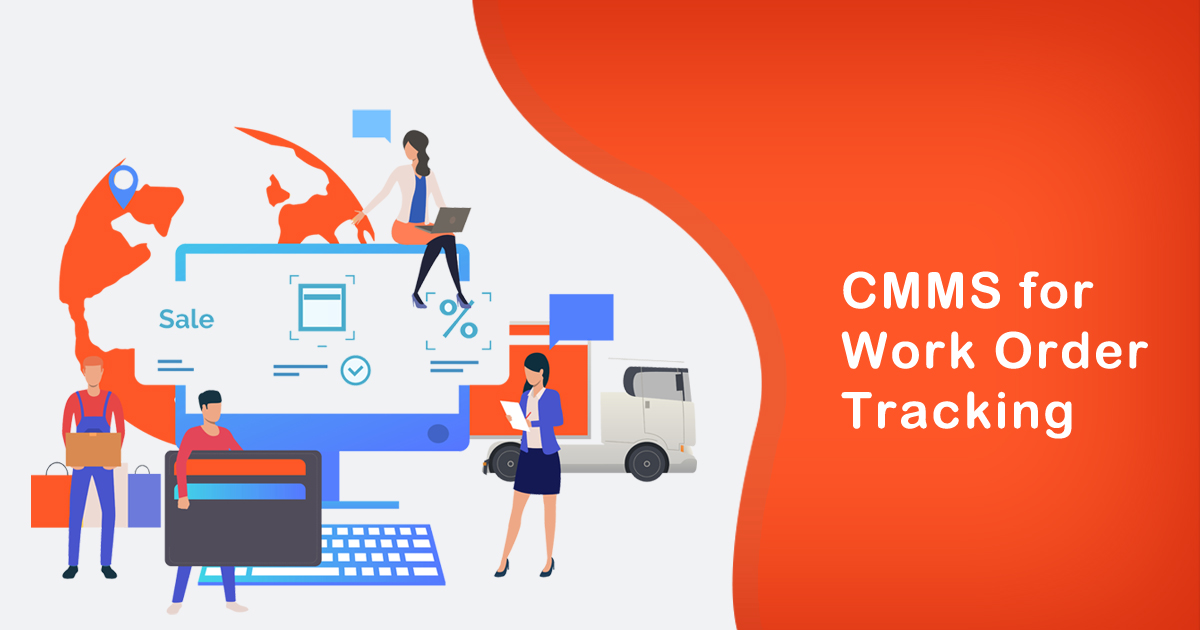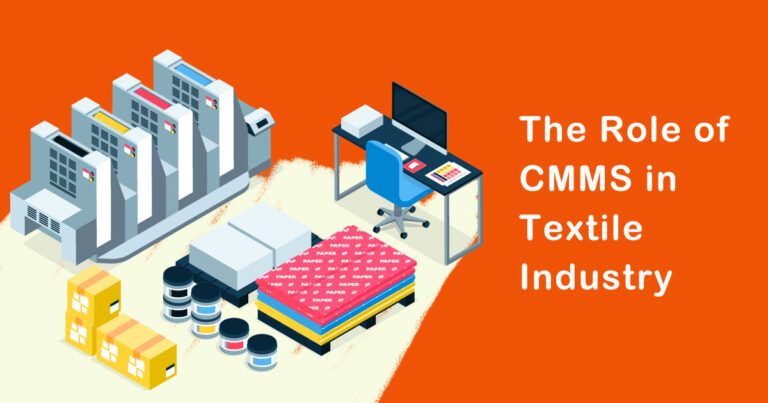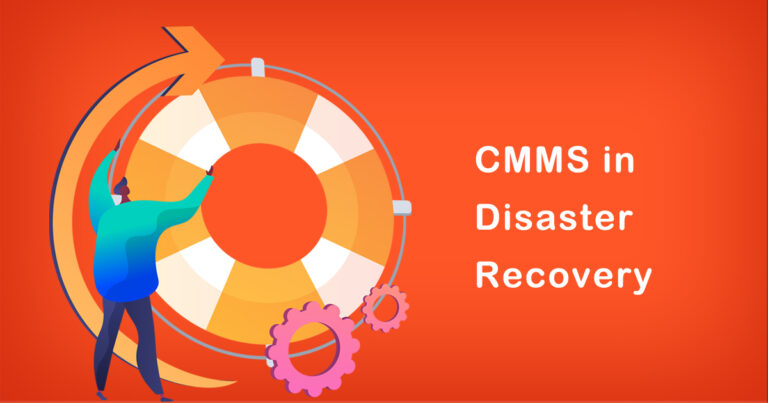Maintenance management is a crucial aspect of any industry, and tracking work orders is an essential part of the process. A Computerized Maintenance Management System (CMMS) is a tool that can help businesses manage and track their work orders effectively. In this blog, we will discuss the benefits of using a CMMS for work order tracking, with a focus on the Indian context.
What is a CMMS?
A CMMS is a software solution that helps organizations manage and maintain their assets, inventory, and equipment. It allows maintenance managers to schedule and track work orders, monitor inventory levels, and generate reports to track maintenance costs and performance. A CMMS can also help businesses comply with regulations, reduce downtime, and increase the lifespan of their assets.
Benefits of using a CMMS for work order tracking
1. Improved productivity and efficiency:
A CMMS streamlines the maintenance process by automating work orders, reducing paperwork, and simplifying the tracking of maintenance tasks. This automation can help increase productivity and efficiency by reducing the time and effort required to manage maintenance tasks.
2. Reduced downtime:
Downtime can have a significant impact on a business’s bottom line. A CMMS can help reduce downtime by scheduling preventive maintenance, tracking asset performance, and providing real-time alerts when an asset requires maintenance.
3. Increased asset lifespan:
Proper maintenance and upkeep can significantly increase the lifespan of assets. A CMMS can help maintenance managers track the maintenance history of an asset, schedule preventive maintenance, and track its performance. This information can help identify potential issues and ensure that assets are well-maintained, reducing the need for costly repairs or replacements.
4. Better inventory management:
A CMMS can help businesses manage their inventory by tracking usage and reorder levels. This information can help reduce waste, optimize inventory levels, and ensure that necessary parts and supplies are always available when needed.
5. Compliance with regulations:
Many industries have regulations that require maintenance records to be kept for certain periods. A CMMS can help businesses comply with these regulations by tracking maintenance records and generating reports as needed.
6. Improved safety:
Proper maintenance is critical for ensuring the safety of employees and customers. A CMMS can help businesses track safety-related maintenance tasks and ensure that necessary precautions are taken to prevent accidents and injuries.
7. Cost savings:
Using a CMMS can help businesses save money by reducing maintenance costs, minimizing downtime, and increasing the lifespan of assets. The ability to track and analyze maintenance data can also help identify areas where costs can be reduced.
Indian context
In India, the use of CMMS is gaining popularity in various industries, including manufacturing, healthcare, and hospitality. The country has seen significant growth in the manufacturing sector in recent years, with the government’s “Make in India” initiative promoting domestic manufacturing. The healthcare sector has also seen significant growth, with the rise in medical tourism and the increasing demand for quality healthcare services.
According to a report by MarketsandMarkets, the CMMS market in India is expected to grow from USD 153.6 million in 2020 to USD 257.5 million by 2025, at a CAGR of 10.9% during the forecast period. The report attributes this growth to factors such as the increasing demand for cost-effective maintenance solutions, the growing adoption of cloud-based solutions, and the need for predictive maintenance.
Conclusion
In conclusion, using a CMMS for work order tracking can bring numerous benefits to businesses in India, including increased productivity, reduced downtime, improved safety, and cost savings. As the country continues to grow and develop, the use of CMMS is likely to become more widespread, helping businesses to streamline their maintenance operations and stay competitive in their respective industries.








